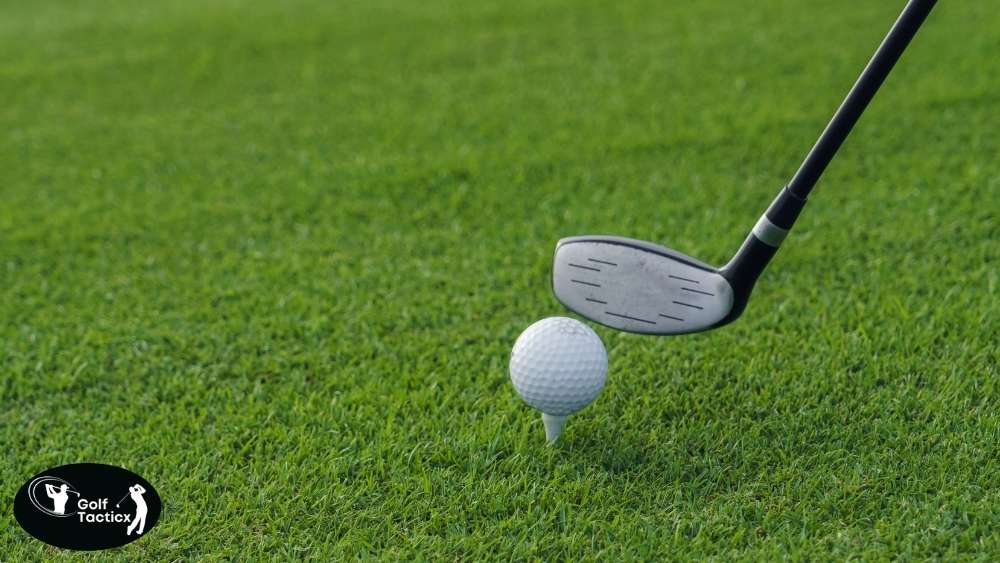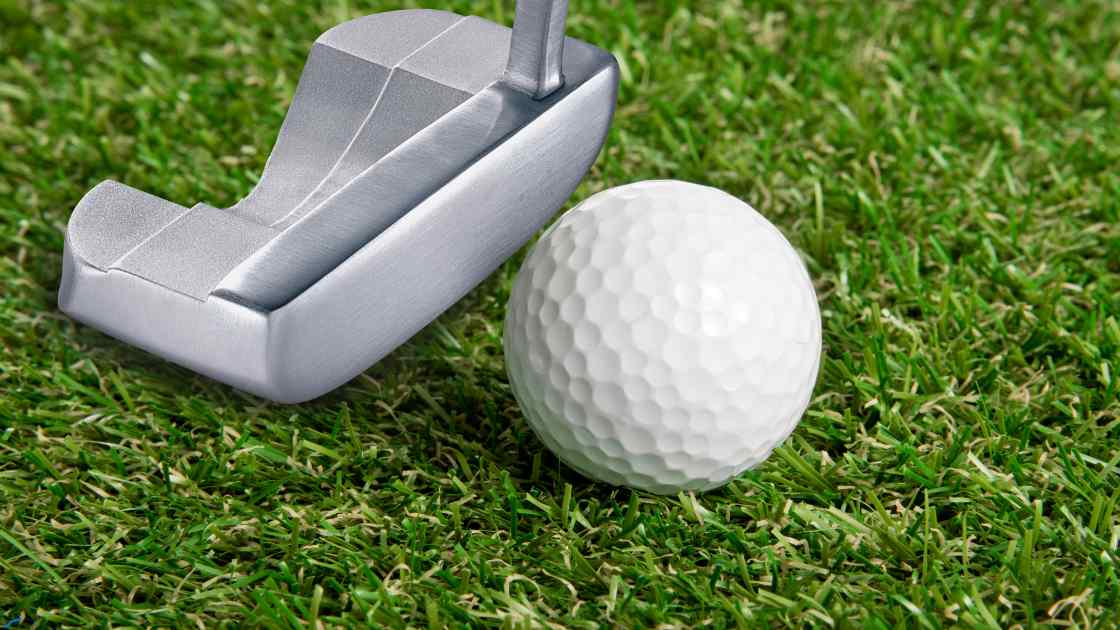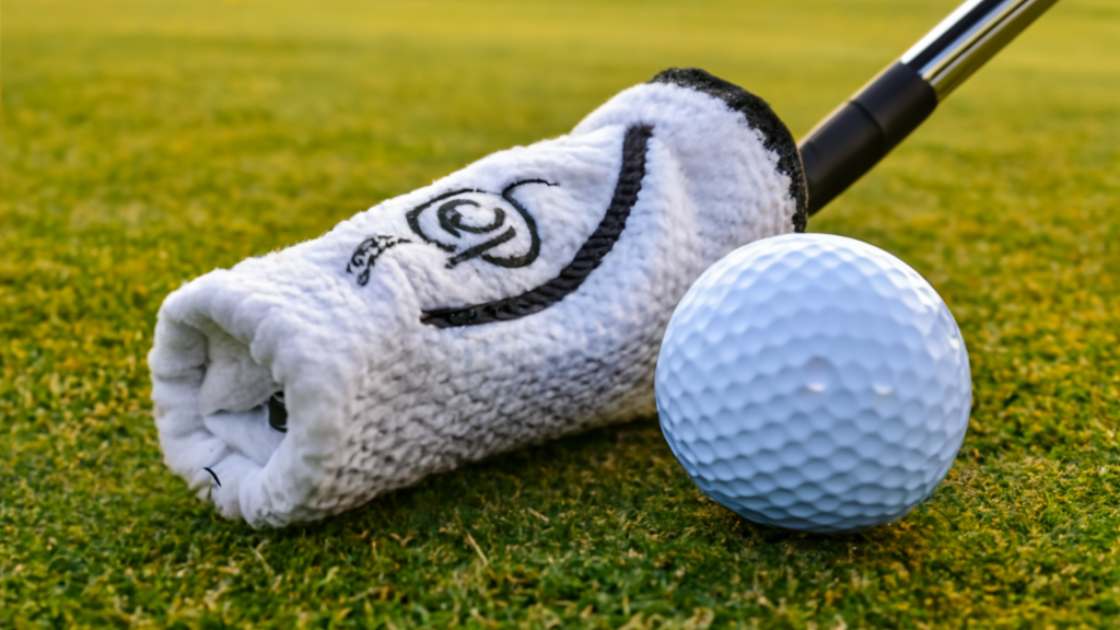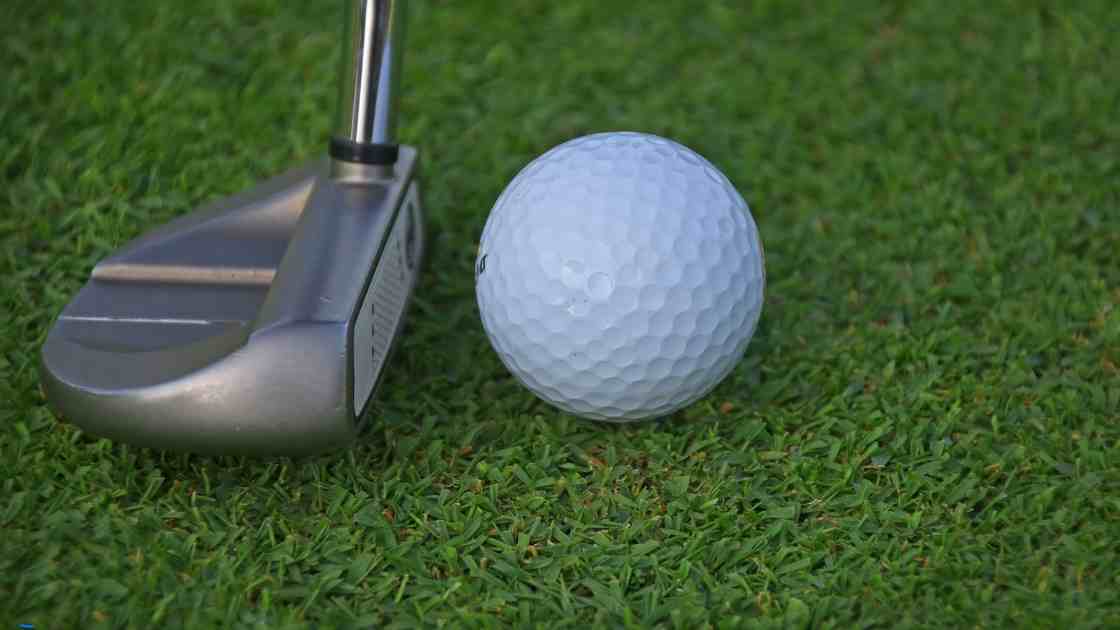In the previous post, we discussed how to control spin and distance in wet conditions to improve your game on soggy greens.
If there’s one thing that can mess with your game faster than anything, it’s the wind. But not just any wind strong crosswinds. These winds blow from the side, pushing your ball left or right, often without warning. This can make your shots feel unpredictable and may test your patience as well as your skills. But don’t worry you can still master the crosswinds and play your best game.
In this post, we’ll explore How Do I Play Effectively in Strong Crosswinds, here you can use to adjust to strong crosswinds and keep your game under control. We’ll cover everything from choosing the right club to making changes to your swing.
Understanding the Crosswind Effect
Crosswinds, or winds blowing from the side, can create a variety of issues during your round. Here’s what happens when you’re faced with strong crosswinds:
Ball Drift: Crosswinds push the ball sideways during its flight, causing it to move off its intended target line.
Inconsistent Ball Flight: Depending on the strength of the wind, the ball may fly higher or lower than normal. It can also spin differently.
More Shot Variability: Crosswinds can cause your ball to land in a completely different location than where you aimed. This makes it more challenging to predict where the ball will land.
Adjust Your Aiming to Compensate for the Wind
When dealing with crosswinds, your first adjustment should be to your aim. The goal here is to compensate for the wind’s effect and adjust your line of sight.
Aim into the Wind
When the crosswind is blowing from your left, you’ll want to aim slightly to the left of your target. This allows the wind to push the ball back toward your target. Similarly, when the wind is blowing from your right, aim to the right. The key is to give the wind enough room to bring the ball back to the target line.
Consider Wind Strength
The stronger the wind, the more you need to adjust your aim. In light crosswinds, you may only need to adjust your aim by a couple of yards. But in strong winds, you might need to aim several feet left or right, depending on the severity. The idea is to give the wind enough room to affect the ball but not so much that it blows the ball off-course entirely.
Aiming for Crosswinds
| Wind Direction | Adjustment |
| Wind from the Left | Aim slightly left of your target |
| Wind from the Right | Aim slightly right of your target |
| Mild Crosswind | Aim 1–3 yards off target line |
| Strong Crosswind | Aim 5+ yards off target line |
Use the Right Clubs
The wind’s effect on your shot can vary depending on your club choice. Here’s how to select the right clubs when dealing with crosswinds:
Consider More Lofted Clubs
When you’re playing in strong crosswinds, it’s often helpful to use more lofted clubs. This will help you keep the ball lower to the ground, where the wind will have less effect on its trajectory. Using a 7-iron or 8-iron for approach shots in crosswinds can give you more control.
Adjust Your Driver
If you’re facing a strong crosswind off the tee, consider hitting a lower-lofted driver or a 3-wood. This will help you keep the ball from soaring too high and being pushed sideways by the wind. A driver with less loft produces a more controlled, lower ball flight that reduces the impact of the crosswind.
Club Selection for Crosswinds:
For Lower Ball Flight: Use irons or a 3-wood to reduce loft and keep the ball low.
For Strong Crosswinds: Use clubs that can give you more control, like a 7-iron or 8-iron.
Change Your Swing Technique
Your swing can also play a major role in how the wind affects your ball. Here are a few adjustments you can make to keep the ball on target when facing crosswinds:
Shorten Your Swing
In strong winds, it’s best to take a shorter, more controlled swing. A longer swing can cause more inconsistency, making it harder to control the ball. By shortening your swing, you’ll have better control over the clubface and the ball’s direction, giving you more accuracy even in windy conditions.
Focus on Solid Contact
The wind has a greater effect on the ball when it’s not struck cleanly. In crosswinds, it’s even more important to focus on hitting the ball solidly. A clean strike will ensure that the ball doesn’t get pushed off course as easily. Practice staying consistent and hitting the ball with good contact every time.
Adjust Your Follow-Through
When the wind is strong, you may need to adjust your follow-through slightly. A controlled follow-through helps you maintain control of the ball and prevent it from spinning out of your intended line. Be mindful not to over-rotate or “chase” the ball.
Keep Your Shots Low for More Control
As we mentioned earlier, keeping the ball low will reduce the wind’s influence on your game. Here’s how you can achieve a lower ball flight:
Punch Shots
A punch shot is an effective technique to keep the ball low and under control in crosswinds. To hit a punch shot, use a slightly lower-lofted club (like a 5-iron) and focus on a shorter swing with less follow-through. The goal is to drive the ball low and keep it from floating too much in the air.
Choking Down on the Club
Choking down on the club means gripping it lower on the shaft. This adjustment helps you produce a lower ball flight, which reduces the wind’s effect. It also gives you more control over your shots, helping you keep the ball on line.
Techniques for Low Ball Flight:
- Use punch shots with lower-lofted clubs.
- Choke down on the club to keep the ball lower.
- Shorten your swing to control trajectory.
Practice Your Wind Awareness
The key to mastering the crosswind is practice. The more you play in windy conditions, the better you’ll understand how it affects your shots. Take time to practice with crosswinds in mind, and be sure to experiment with different club choices, swings, and shot types. Over time, you’ll develop a better feel for how much wind adjustment is needed and how to best control your shots.
Wind Practice Tips
- Play in Windy Conditions: Seek out windy days to get more experience.
- Test Different Clubs: Try various lofts to find out which ones work best in crosswinds.
- Adjust to Different Speeds: Crosswinds vary in intensity practice in light, medium, and strong winds.
Other Considerations When Playing in Crosswinds
Here are a few extra tips to keep in mind when playing in crosswinds:
Stay Calm and Focused: Strong winds can be frustrating, but staying calm and focusing on your shots will help you execute better.
Use the Wind to Your Advantage: Sometimes, you can use the wind to help you shape your shots. For example, if you’re facing a left-to-right crosswind, try hitting a fade to take advantage of the wind’s effect.
Watch Out for Crosswind on Putts: While crosswinds don’t affect putts as much as full shots, they can still cause subtle breaks. Be mindful of any wind that may affect your putts, especially on long, straight shots.
Conclusion
Strong crosswinds can be tough to handle, but by adjusting your aiming, club selection, swing technique, and shot types, you can maintain control over your game. Remember to aim into the wind, choose the right clubs, and keep your ball flight low to reduce the wind’s impact. With these adjustments, you’ll be able to play effectively and consistently, no matter how strong the wind is.
Next up: Let’s tackle how to adjust your game for uphill and downhill lies. Understanding how to approach these lies will give you more control and confidence on the course. Stay tuned for more tips!
















Leave a Reply